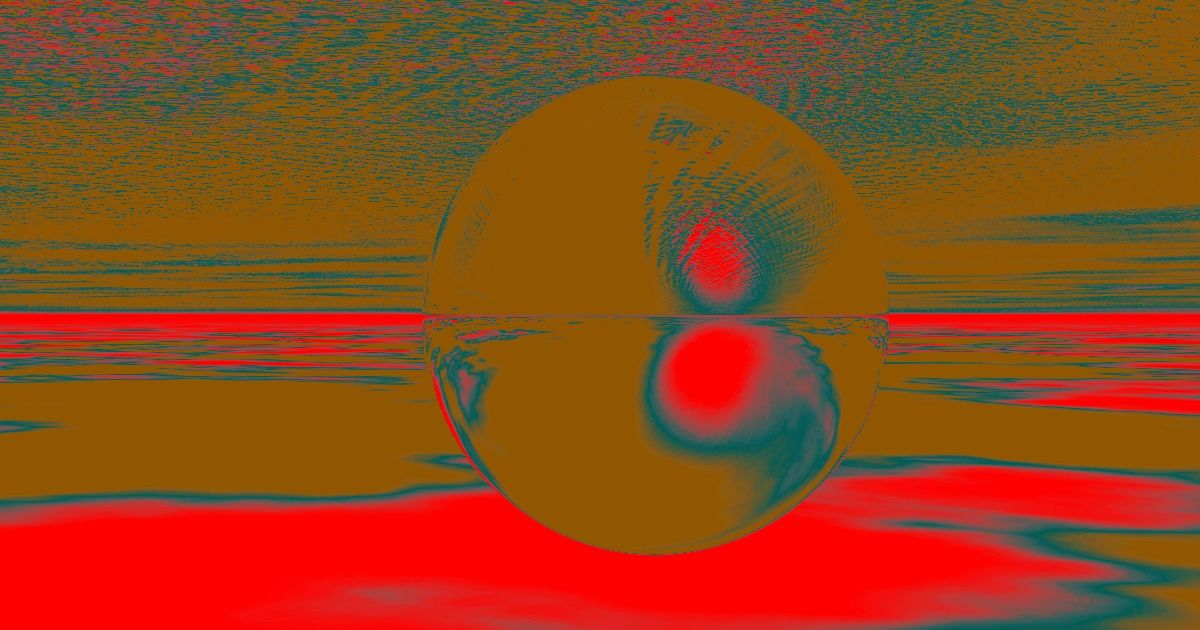Scientists used to think a “warp bubble” would require an impractical amount of energy. That’s starting to change.
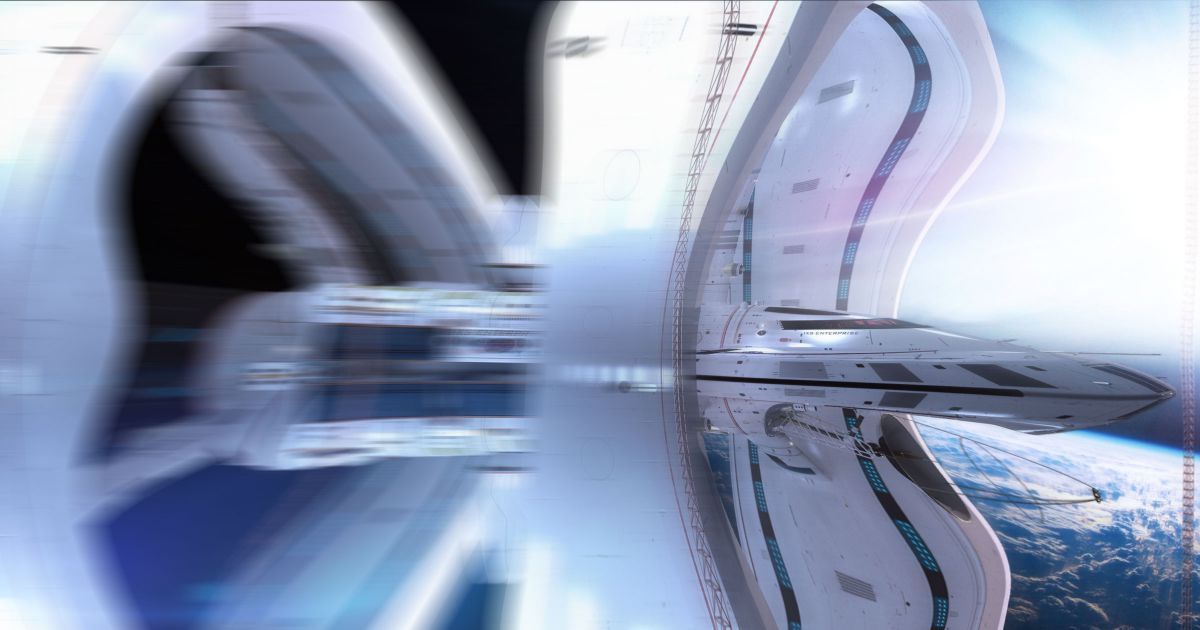


Two possibilities: Either the image captures two massive galactic clusters in the process of colliding, or NASA is covering up the existence of a starship so big it’s several million light years long.
Humanity’s current understanding of physics may suggest faster-than-light travel is impossible, but researchers here on Earth can still observe happening in places much too far away to ever actually visit (and generally only what they looked like in the distant past). One of them is a galactic collision that, at least from our planetary vantage point, looks an awful lot like a craft going where no man has ever gone before.
NASA released the above composite image of the galaxy cluster Abell 1033 some 1.62 billion light years away this week, showing wisps of gas that appear to be arranged in the shape of Star Trek’s USS Enterprise. NASA wrote that the image was captured by the Chandra X-ray Observatory, an X-ray telescope that detects superheated gases, as well as the Low-Frequency Array, which detects radio emissions.
NVIDIA’s playing a bigger role in high performance computing than ever, just as supercomputing itself has become central to meeting the biggest challenges of our time.
Speaking just hours ahead of the start of the annual SC18 supercomputing conference in Dallas, NVIDIA CEO Jensen Huang told 700 researchers, lab directors and execs about forces that are driving the company to push both into “scale-up” computing — focused on large supercomputing systems — as well as “scale-out” efforts, for researchers, data scientists and developers to harness the power of however many GPUs they need.
“The HPC industry is fundamentally changing,” Huang told the crowd. “It started out in scientific computing, and the architecture was largely scale up. Its purpose in life was to simulate from first principles the laws of physics. In the future, we will continue to do that, but we have a new tool — this tool is called machine learning.”
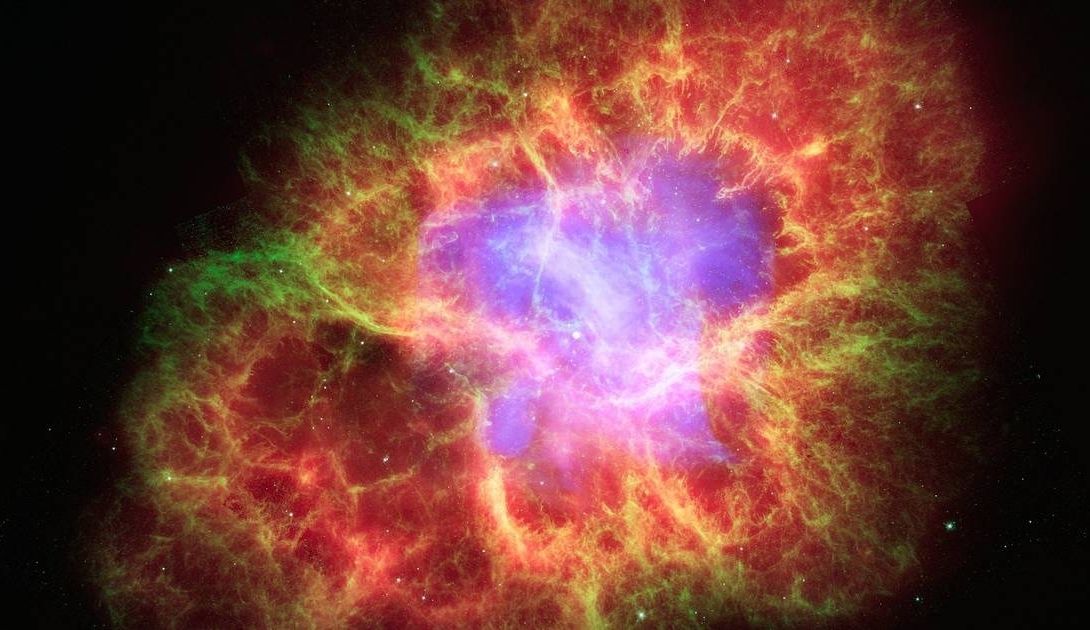
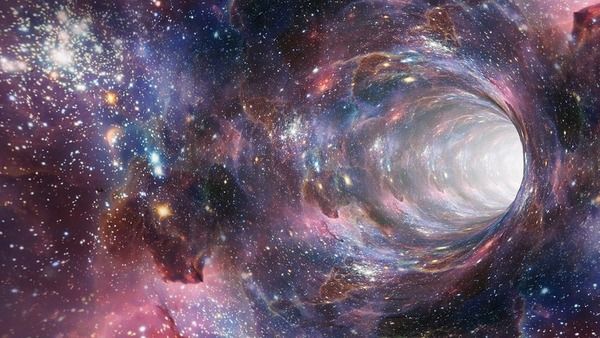
Wormholes — yawning gateways that could theoretically connect distant points in space-time — are usually illustrated as gaping gravity wells linked by a narrow tunnel.
But their precise shape has been unknown.
Now, however, a physicist in Russia has devised a method to measure the shape of symmetric wormholes — even though they have not been proven to exist — based on the way the objects may affect light and gravity. [8 Ways You Can See Einstein’s Theory of Relativity in Real Life].
Physics tells us that a hammer and a feather, dropped in a vacuum, will fall at the same rate – as famously demonstrated by an Apollo 15 astronaut on the Moon. Now, CERN scientists are preparing to put a spooky new spin on that experiment, by dropping antimatter in a vacuum chamber to see if gravity affects it the same way it does matter – or if antimatter falls upwards instead.

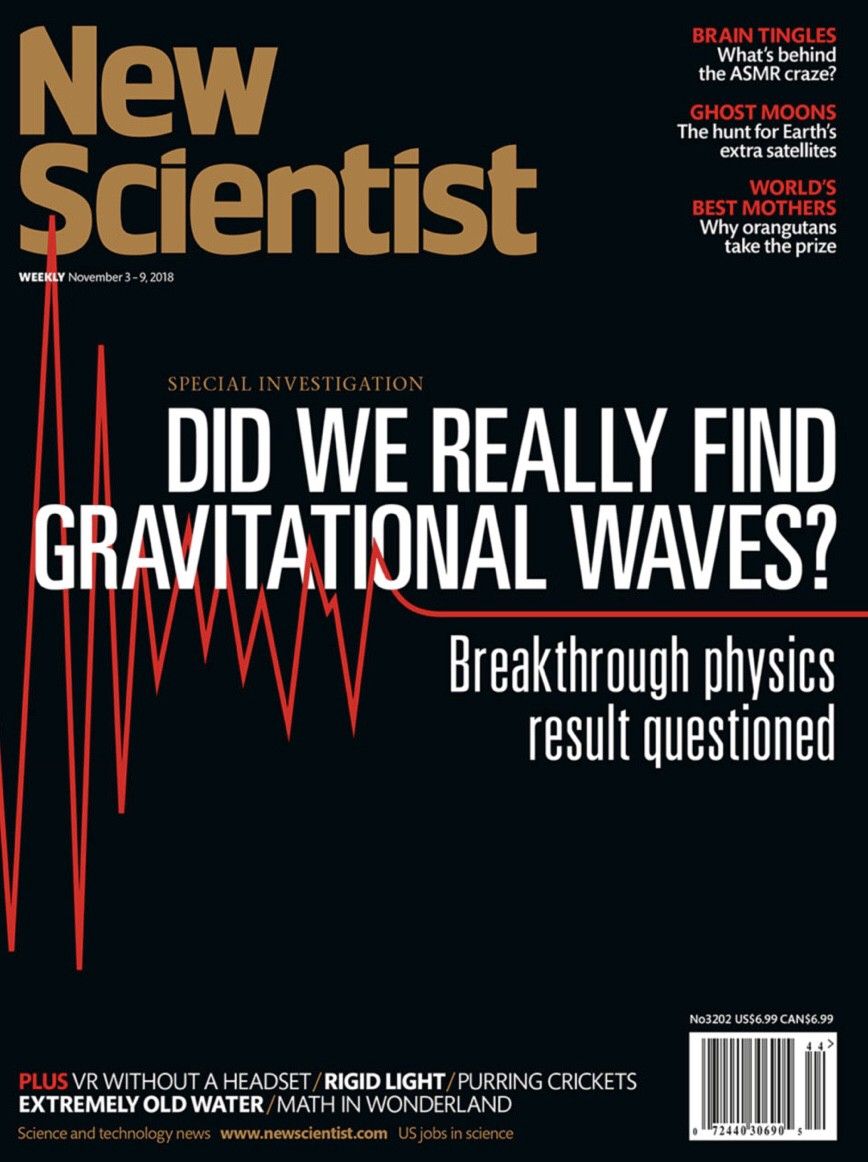
The news we had finally found ripples in space-time reverberated around the world in 2015. Now it seems they might have been an illusion.
LIGO’s detectorsEnrico Sacchetti
THERE was never much doubt that we would observe gravitational waves sooner or later. This rhythmic squeezing and stretching of space and time is a natural consequence of one of science’s most well-established theories, Einstein’s general relativity. So when we built a machine capable of observing the waves, it seemed that it would be only a matter of time before a detection.
